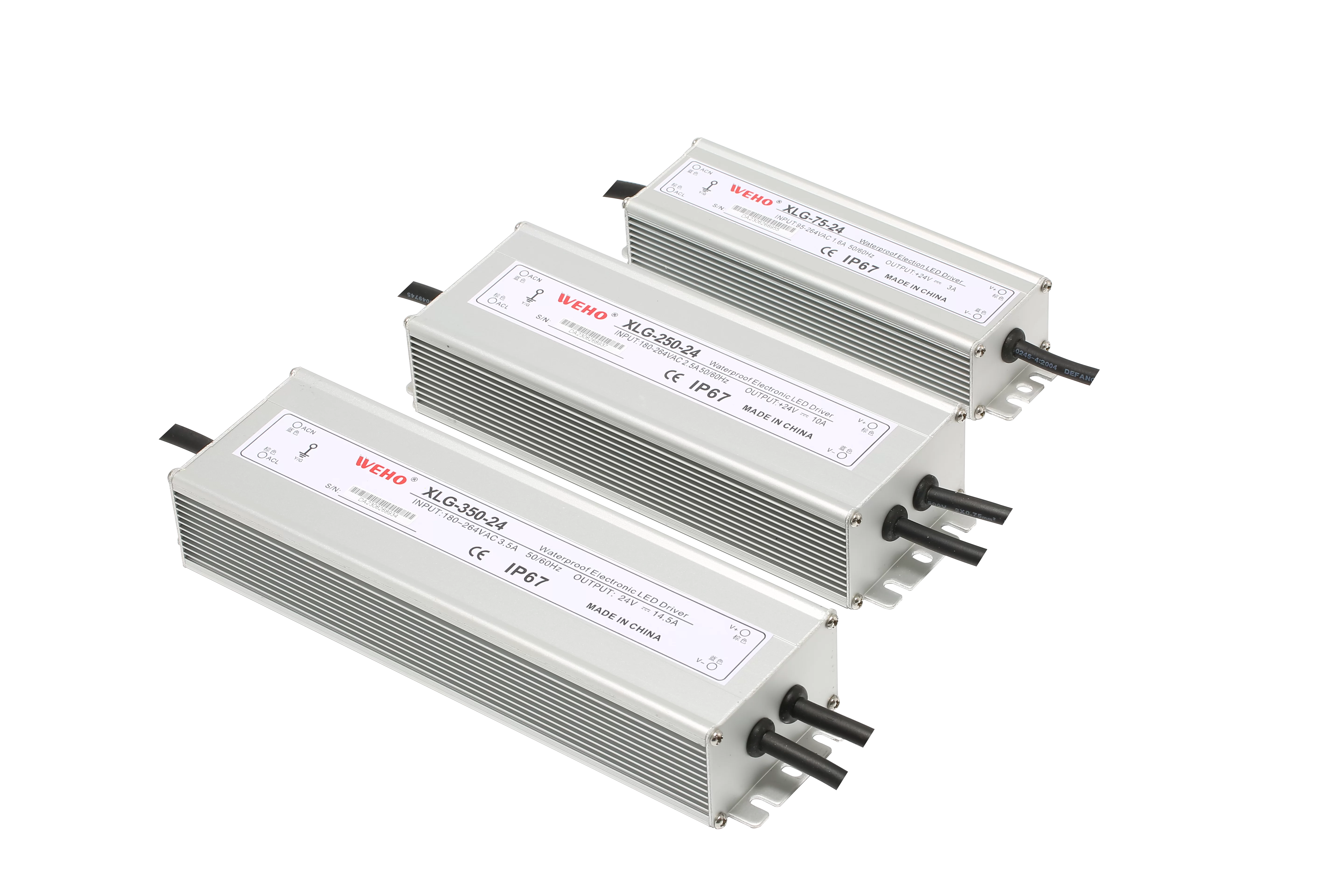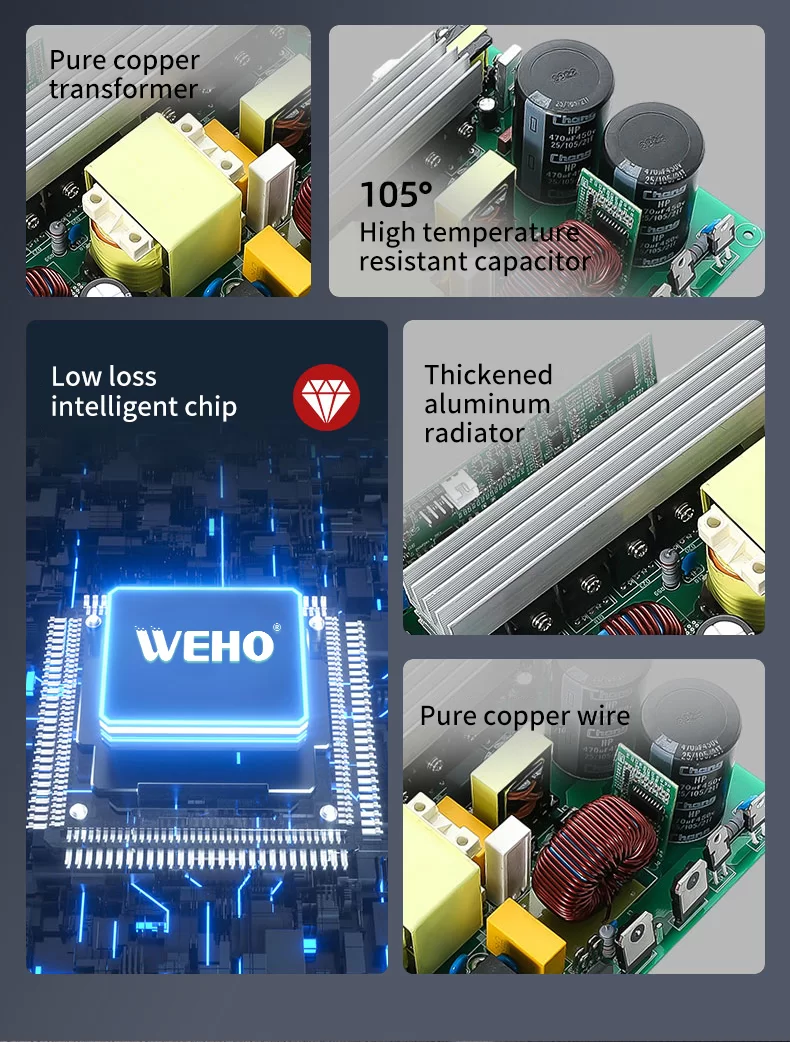LED lighting has revolutionized the illumination industry, offering unparalleled energy efficiency, longevity, and design flexibility. However, the heart of any successful LED lighting system lies in its power supply, more commonly known as the LED driver. Unlike traditional incandescent bulbs that can be connected directly to a mains voltage, LEDs require a specialized driver to regulate the power and ensure optimal performance and lifespan.
Choosing the right LED driver can be a daunting task, given the wide variety of options available in the market. This blog post aims to demystify the process, providing a comprehensive guide to understanding the key factors to consider when selecting an LED driver for your specific LED lighting application. Whether you’re a lighting designer, an electrical engineer, or simply an enthusiast eager to learn more about LED technology, this guide will equip you with the knowledge to make an informed decision.

I.Understanding LED Driver Basics
Before diving into the selection process, it’s essential to grasp the fundamental principles of LED drivers.
What is an LED Driver? An LED driver is a self-contained power supply that regulates the power required by an LED or an array of LEDs. It converts the incoming AC power to the specific DC voltage and current that the LEDs need to operate correctly.
Why are LED Drivers Necessary? LEDs are “current-driven” devices, meaning their brightness is directly proportional to the current flowing through them. LED drivers ensure that the LEDs receive a constant and appropriate current, regardless of fluctuations in the mains voltage or changes in the LED’s forward voltage due to temperature variations.
Constant Current vs. Constant Voltage:
Constant Current Drivers: These are the most common type for high-power LEDs. They maintain a constant output current while varying the output voltage to match the LED’s requirements.
Constant Voltage Drivers: These are typically used for LED strips or modules that have built-in current-limiting resistors. They provide a fixed output voltage.
II.Key Factors to Consider When Choosing an LED Driver
A.LED Specifications:
Forward Voltage (Vf): This is the voltage drop across the LED when it’s conducting the specified forward current. You’ll find this on the LED datasheet. For LEDs connected in series, add up the individual forward voltages.
Forward Current (If): This is the optimal operating current for the LED, also found on the datasheet. For LEDs connected in parallel, add up the individual forward currents.
Wattage: Calculate the total wattage of your LED array by multiplying the total forward voltage by the total forward current (P = V x I).
B.Driver Output Specifications:
Output Voltage:
Constant Current: The driver’s output voltage range should encompass the total forward voltage of your LED array.
Constant Voltage: The driver’s output voltage should match the specified voltage of your LED module or strip.
Output Current:
Constant Current: The driver’s output current should match the total forward current of your LED array.
Constant Voltage: The driver’s maximum output current should be greater than or equal to the total current required by your LED modules or strips.
Output Power (Wattage): The driver’s wattage should be equal to or greater than the total wattage of your LED array. It’s generally recommended to choose a driver with a wattage rating about 20% higher than your LED array’s wattage to allow for a safety margin and extend the driver’s lifespan.
C.Input Voltage:
AC Input Voltage: Ensure the driver is compatible with your local mains voltage (e.g., 120V in North America, 230V in Europe). Some drivers are “universal” and can operate on a wide input voltage range (e.g., 90-264VAC).
DC Input Voltage: Certain applications like automotive or off-grid systems may need drivers that operate on DC input.
D.Dimming Capabilities:
Non-Dimmable: Suitable for applications where dimming is not required.
Dimmable: If you need to adjust the brightness of your LEDs, choose a driver that supports a compatible dimming method:
0-10V/1-10V Dimming: Uses a low-voltage control signal to adjust the driver’s output.
PWM Dimming: Pulse Width Modulation varies the “on” time of the LED to control brightness.
Triac Dimming (Phase-Cut): Commonly used with traditional incandescent dimmers, but compatibility with LEDs can be tricky.
DALI (Digital Addressable Lighting Interface): A digital communication protocol for advanced lighting control.
E.Power Factor (PF) and Total Harmonic Distortion (THD):
Power Factor: A measure of how effectively the driver utilizes the input power. A higher PF (closer to 1) is desirable for energy efficiency. Look for drivers with a PF of 0.9 or higher.
Total Harmonic Distortion (THD): A measure of the distortion introduced by the driver into the electrical system. Lower THD is preferred to minimize interference with other electronic equipment.
F.Efficiency:
The efficiency of an LED driver indicates how much of the input power is converted to usable output power. Higher efficiency (typically 80-95%) means less energy wasted as heat, resulting in lower operating costs and a longer driver lifespan.
G.Environmental Considerations:
Ingress Protection (IP) Rating: Indicates the driver’s resistance to dust and water. Choose an appropriate IP rating based on the installation environment (e.g., IP65 for outdoor use, IP20 for indoor use).
Operating Temperature Range: Ensure the driver can operate reliably within the expected temperature range of your application.
Safety Standards and Certifications: Look for drivers that comply with relevant safety standards, such as UL, CE, ENEC, and RoHS, to ensure quality and safety.
H.Physical Size and Form Factor:
Consider the physical dimensions and shape of the driver to ensure it fits within your lighting fixture or enclosure.
J.Lifetime and Warranty:
LED drivers have a rated lifetime, typically expressed in hours. Choose a driver with a lifetime that meets your application’s requirements.
A longer warranty period usually indicates higher quality and reliability.

III. Matching the Driver to the Application
Different LED lighting applications have unique requirements. Here are some examples:
Indoor Lighting (Residential, Commercial): Constant current or constant voltage drivers with appropriate dimming capabilities, high PF, low THD, and good efficiency.
Outdoor Lighting (Streetlights, Floodlights): Drivers with high IP ratings, wide operating temperature ranges, and robust surge protection.
Industrial Lighting: Drivers designed for harsh environments, with high reliability, long lifespans, and potentially specialized features like emergency lighting backup.
Architectural Lighting: Drivers that offer precise dimming control, compact size, and aesthetic design.
IV.Common Mistakes to Avoid
Overloading the Driver: Using a driver with insufficient wattage or current capacity for your LED array.
Underloading the Driver: While less critical than overloading, using a driver with significantly higher wattage than needed can lead to reduced efficiency and potentially shorter lifespan.
Ignoring Dimming Compatibility: Choosing a driver that doesn’t support the desired dimming method or is incompatible with your dimmer switch.
Neglecting Environmental Factors: Using a driver that is not suitable for the installation environment (e.g., using an indoor-rated driver outdoors).
Overlooking Safety Standards: Choosing a driver that doesn’t meet relevant safety standards can pose a safety hazard.
Conclusion
Choosing the right LED driver is crucial for ensuring the optimal performance, longevity, and safety of your LED lighting system. By carefully considering the factors outlined in this guide – including LED specifications, driver output characteristics, input voltage, dimming capabilities, efficiency, environmental considerations, and application-specific requirements – you can make an informed decision that will result in a reliable and efficient lighting solution. Remember to consult datasheets, consider professional advice when needed, and prioritize quality and safety to achieve the best results for your LED lighting project. As LED technology continues to advance, staying informed about the latest developments in LED drivers will be essential for anyone involved in this dynamic and ever-evolving field.








